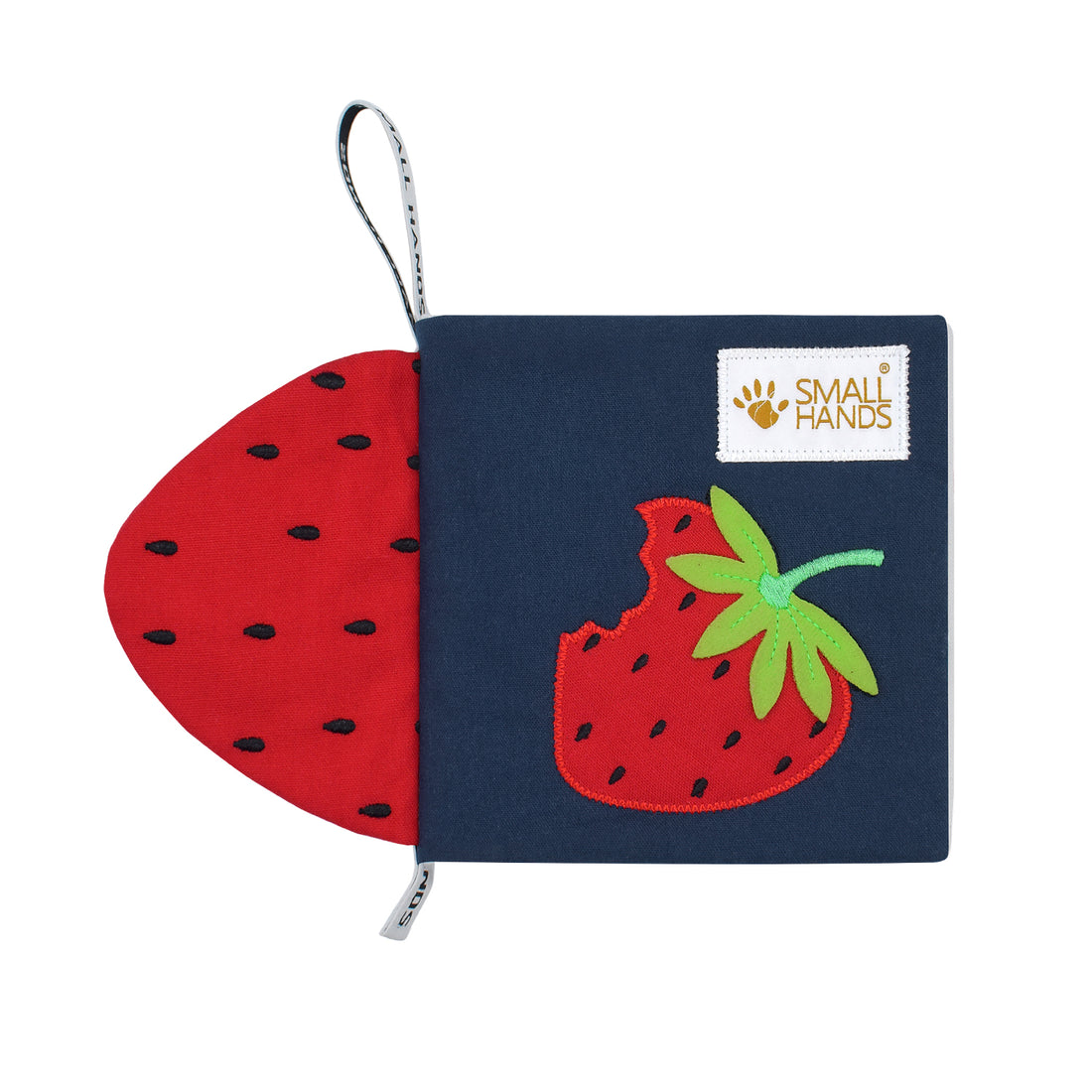
Quiet Book, Touch Book, Interactive Book and Activity Book at a Glance
The world of children's books: Quiet book, touch book, interactive book and activity book at a glance
In the first years of life, books play a crucial role in children's development. Quiet books, touch books, interactive books and activity books are particularly popular. But how do these formats differ and what advantages do they offer?
Quiet Book
A quiet book, also known as a "cloth book" or "busy book," is made of soft materials such as felt or fabric and includes different activities on each page. These handmade books are designed to encourage fine motor skills and keep children occupied during quiet moments. Typical elements include buttons, zippers, laces, and other interactive details that encourage children to explore and play.
touch book
Touch books focus on sensory perception. They often consist of different materials and textures that children can feel. Touching and feeling different surfaces trains the sense of touch and supports sensory development. These books are particularly suitable for babies and toddlers who explore their environment primarily through feeling.
Interactive Book
Interactive books go beyond traditional reading by including elements that actively involve the child. This can be done through flaps, sliders, sounds or light effects. The goal is to spark the child's interest and actively engage them in the story or learning material. Interactive books encourage curiosity and can strengthen the understanding of cause and effect.
Activity Book
Activity books are designed to keep children engaged through various tasks and games. They often include coloring pages, puzzles, mazes, and other activities that encourage cognitive skills such as problem solving, creativity, and logical thinking. These books are ideal for older toddlers and preschoolers who are ready to tackle more complex tasks.
Conclusion
Each of these book formats offers unique benefits and can be selected based on the child's developmental level and interests. Quiet books and touch books are great for sensory and motor development, while interactive books and activity books encourage cognitive skills and active learning.
The "Small Hands" products from My First Book Mall are touch books and are aimed specifically at babies and toddlers up to 12 months. The "My First Book" range includes interactive books and quiet books and is ideal for children between 1 and 6 years old.
The variety of these books allows parents to select suitable materials for the different developmental phases of their child and thus support the joy of learning and discovery.
In the first years of life, books play a crucial role in children's development. Quiet books, touch books, interactive books and activity books are particularly popular. But how do these formats differ and what advantages do they offer?
Quiet Book
A quiet book, also known as a "cloth book" or "busy book," is made of soft materials such as felt or fabric and includes different activities on each page. These handmade books are designed to encourage fine motor skills and keep children occupied during quiet moments. Typical elements include buttons, zippers, laces, and other interactive details that encourage children to explore and play.
touch book
Touch books focus on sensory perception. They often consist of different materials and textures that children can feel. Touching and feeling different surfaces trains the sense of touch and supports sensory development. These books are particularly suitable for babies and toddlers who explore their environment primarily through feeling.
Interactive Book
Interactive books go beyond traditional reading by including elements that actively involve the child. This can be done through flaps, sliders, sounds or light effects. The goal is to spark the child's interest and actively engage them in the story or learning material. Interactive books encourage curiosity and can strengthen the understanding of cause and effect.
Activity Book
Activity books are designed to keep children engaged through various tasks and games. They often include coloring pages, puzzles, mazes, and other activities that encourage cognitive skills such as problem solving, creativity, and logical thinking. These books are ideal for older toddlers and preschoolers who are ready to tackle more complex tasks.
Conclusion
Each of these book formats offers unique benefits and can be selected based on the child's developmental level and interests. Quiet books and touch books are great for sensory and motor development, while interactive books and activity books encourage cognitive skills and active learning.
The "Small Hands" products from My First Book Mall are touch books and are aimed specifically at babies and toddlers up to 12 months. The "My First Book" range includes interactive books and quiet books and is ideal for children between 1 and 6 years old.
The variety of these books allows parents to select suitable materials for the different developmental phases of their child and thus support the joy of learning and discovery.
